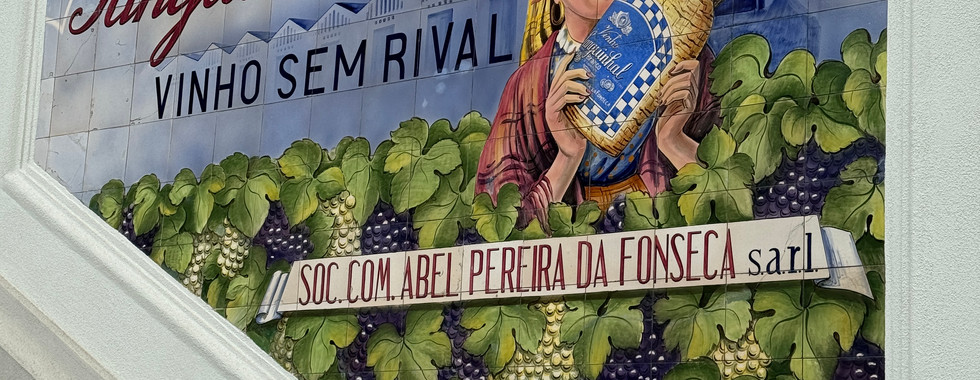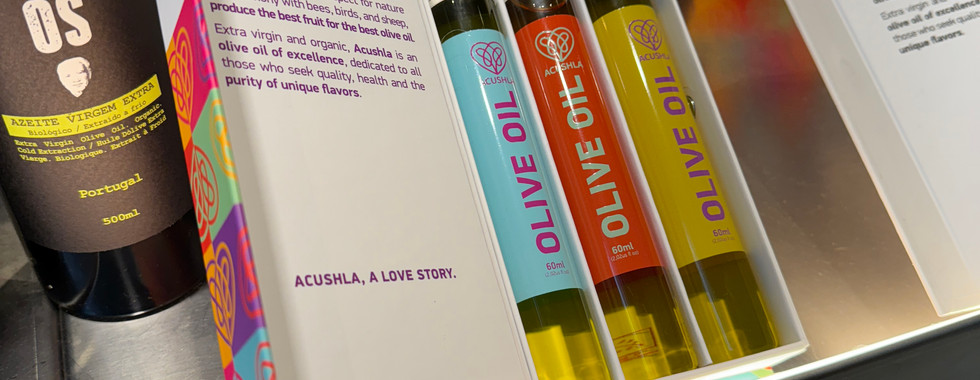Portugal: Exploring Porto's Artistic Workshops and Bolhão Market Culinary
- Ms. Mila Vasconcelos
- 1 day ago
- 4 min read
Portuguese Experiences: Exploring Porto's Artistic Workshops and Bolhão Market Culinary

While staying in Porto, Portugal, I had the incredible opportunity to explore the artistic and culinary traditions of the city. It all began with a tile painting workshop tucked beneath a charming art store. I signed up for a session at Domus Arte Porto, where I was welcomed by a warm, talented Brazilian-Portuguese artist, Beatrice, who guided our small group through the art of azulejo painting.
The studio was located underground, just beneath the art shop’s wooden floorboards, and filled with the smell of pigments, wet brushes, and tradition. As we sat down, the artist explained the origins of Portuguese azulejos—beautiful glazed ceramic tiles introduced during the Moorish period and later adapted during the 15th and 16th centuries to depict geometric patterns, religious scenes, and historic narratives. These tiles can be found all across Portugal today, in churches, palaces, metro stations and everyday homes. Places like São Bento Station in Porto, the National Tile Museum in Lisbon, and countless building facades tell centuries of stories—one tile at a time.
What stood out to me most in the workshop was something the artist pointed out: some tiles follow strict symmetry, while others are beautifully asymmetrical, and both are equally stunning. I also noticed a common color scheme—cobalt blue and golden yellow—and learned that this was rooted in historical influence. Blue pigments, once imported and considered luxurious, were used to symbolize the sea and the divine. Yellow tones represented warmth, prosperity, and light, especially during the height of Baroque influence.
After painting my own tile and leaving it to dry, I took a walk through one of Porto’s most iconic landmarks: the Mercado do Bolhão. This historic market, first established in 1839, has recently reopened after careful renovation and still captures the lively spirit of Portuguese life. Named after a natural spring (bolha) that once bubbled on the site, it has always been a central gathering place for fresh produce, handmade crafts, local wines, cheeses, olive oil, and traditional sweets. I enjoyed everything—especially Bacalhau à Brás, pastéis de nata, and even tasted fruits I hadn’t seen since my childhood in Brazil.
The colorful textile stalls with hand-painted tablecloths especially caught my eye. I immediately imagined using these beautiful patterns in clothing—like a pretty skirt! Leaving the market, my friends and I, after enjoying a glass of Porto Wine and lots of cheese, decided to walk to a small shop filled with unique clay jewelry. Prometeu Artesanato is an incredibly huge store (there is more than one around Portgual), which offers handcrafted jewelry made entirely from clay. Each piece felt like wearable art, blending traditional Portuguese design with modern design.

It was at that exact moment—surrounded by textures, colors, and culture—that the idea struck me. What if my elementary students could create jewelry inspired by the Portuguese tiles, incorporating principles of symmetry, symbolism, and color into their own clay creations? The concept for my next art project was born right there, in the middle of a market aisle full of inspiration. I made sure to get some pieces for myself and many other gifts for my friends and family back home, but also to serve as a reference for my students.
Back to the Art Room: What Do We Do?
Returning to school, I shared my experience and explained what I had learned during the workshop. One of the key takeaways—confirmed by our tile painting guide—was that beauty lies not in perfection, but in intention. Some tiles were perfectly symmetrical, others delightfully off-center. Both had value.
We began our project by observing traditional Portuguese motifs, discussing the symbolism behind blue and yellow, and exploring how tiles have served as storytelling tools throughout history.
Students then designed their own clay jewelry inspired by azulejos. They were given the freedom to choose between:
Symmetry or asymmetry, depending on how they wanted to create balance in their design
A traditional or personal color palette—some stayed true to historical tones, while others created modern interpretations
A motif or symbol meaningful to them, linking their art to a cultural or personal narrative
Using air-dry clay, they carefully shaped pendants, earrings, and brooches. Once dry, they painted their pieces, paying close attention to composition, repetition, and symbolic details.
Conclusion
This project beautifully connected my own travel experience with a classroom full of young artists eager to learn about the world through art. Bringing the idea from an underground studio in Porto and the colorful hustle of Bolhão Market, and sharing it with my students, this lesson reminded me that art is not limited to galleries—it lives in markets, on buildings, in jewelry, in tradition.
As my students proudly displayed their final pieces, I saw reflections of Portugal, yes—but also reflections of themselves, of how we can take inspiration from one culture and weave it into our own creative identity. That is the power of travel, and that is the power of teaching art!
Ms. Mila Vasconcelos
Proud Art Teacher & Portuguese-Speaker




































































Comentarios